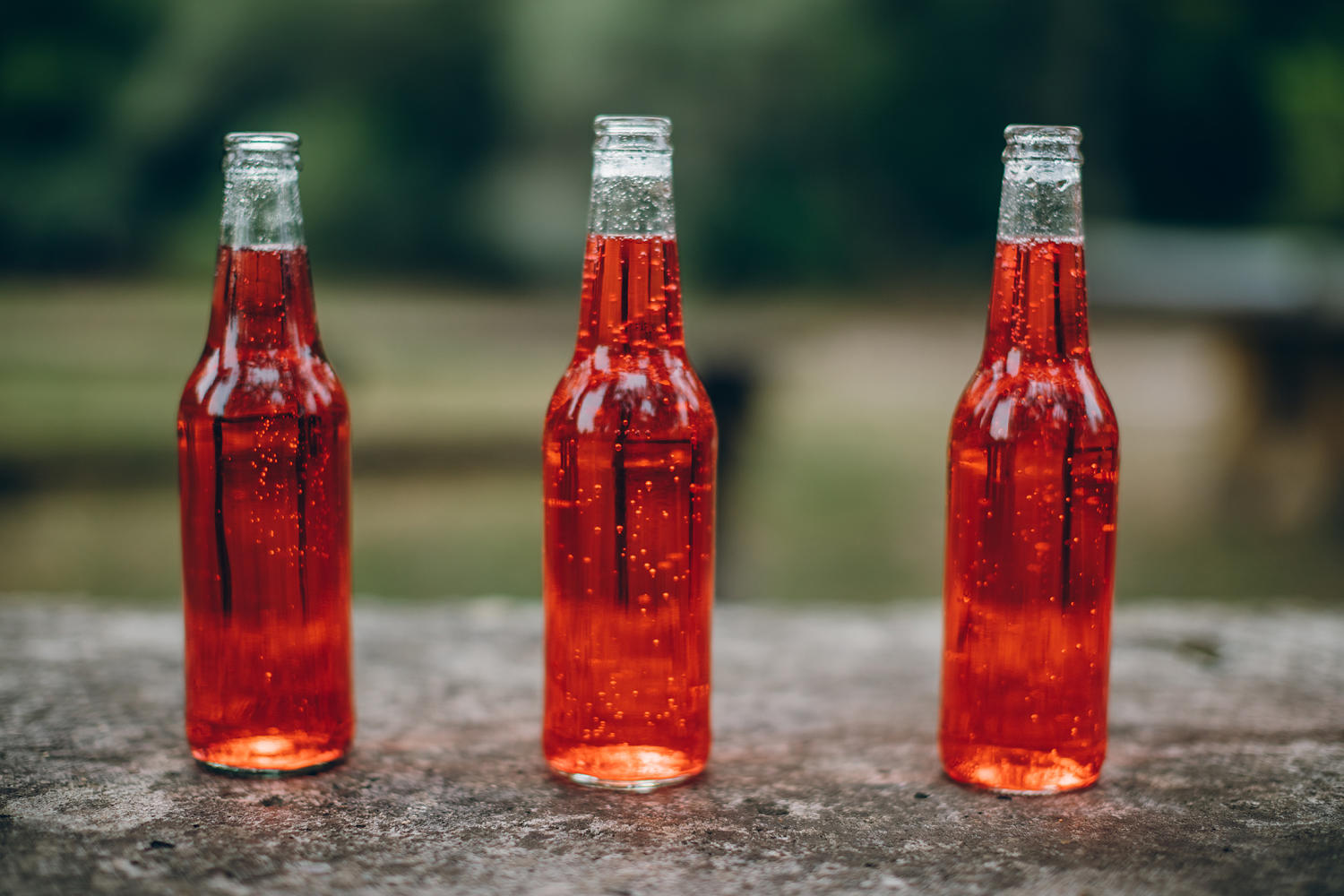
The U.S. Food and Drug Administration said Wednesday It banned the use of Red No. 3, a synthetic dye that gives food and drinks a bright cherry color but has been linked to cancer in animals.
The dye is still used in thousands of food products, including candies, cereals, cherry in fruit cocktails and strawberry-flavored milkshakes, according to the Center for Science in the Public Interest, a food safety advocacy group that petitioned the agency in 2022 to request It stopped using the dye. use.
The FDA's decision marks a victory for consumer rights groups and some U.S. lawmakers, who have long urged the agency to revoke its approval of the additive, citing strong evidence of its harmful effects in beverages, dietary supplements, cereals and candies. Use may cause cancer and affect behavior in children.
"The FDA has finally ended the regulatory paradox of Red 3 being illegal for use in lipstick but perfectly legal for feeding to children in candy form," said CSPI President Dr. Peter Lurie. The agency banned the additive in cosmetics in 1990.
Food manufacturers have until January 15, 2027 to reformulate their products. Companies that make ingestible drugs, such as dietary supplements, will get an extra year.
"The FDA cannot approve a food additive or color additive if it is found to cause cancer in humans or animals," Jim Jones, FDA deputy director for human foods, said in a statement. "There is evidence that the additive or color additive causes cancer in humans or animals." , male laboratory rats exposed to high concentrations of FD&C Red No. 3 developed cancer.”
Red dye No. 3 is made from petroleum and was approved for food use in 1907.
The FDA first became aware of the additive's possible carcinogenicity after a study in the 1980s found that male rats exposed to high doses of the additive developed tumors.
"It removes unnecessary dangers from the U.S. food supply, and we welcome this action even though it should have happened more than three decades ago," Lurie said.
Red 3 is already banned or severely restricted outside the United States, including in Australia, Japan and EU countries.
Some U.S. food manufacturers have removed artificial dyes, including Red No. 3, from their products.
A spokesperson for the National Confectionery Association, a trade group that promotes chocolate, candy, gum and mints, said in a statement that the association will continue to follow and comply with the FDA's guidance.
"Our consumers and everyone in the food industry want and expect a strong FDA and a consistent, science-based national regulatory framework," the spokesperson said. "We have been saying for years that the FDA is the legitimate authority in food safety. Regulatory decision-makers and leaders.”
All color additives must be approved by the FDA before being used in foods sold in the United States. There are 36 FDA-approved color additives, 9 of which are synthetic dyes.
The FDA said it has been actively reviewing Red No. 3's approval after a coalition of organizations, including CSPI, filed a petition asking the agency to revoke the additive's approval in food, citing its potential cancer risks.
There are also concerns about whether artificial food coloring may affect children's behavior. The FDA reviewed a possible link between artificial dyes and ADHD in children in 2011. However, it determined that causation could not be established.
Although the FDA is currently revoking its approval and ending its use nationwide, other states have already taken action.
California and 10 other states have already taken action to ban food dyes, according to CSPI.